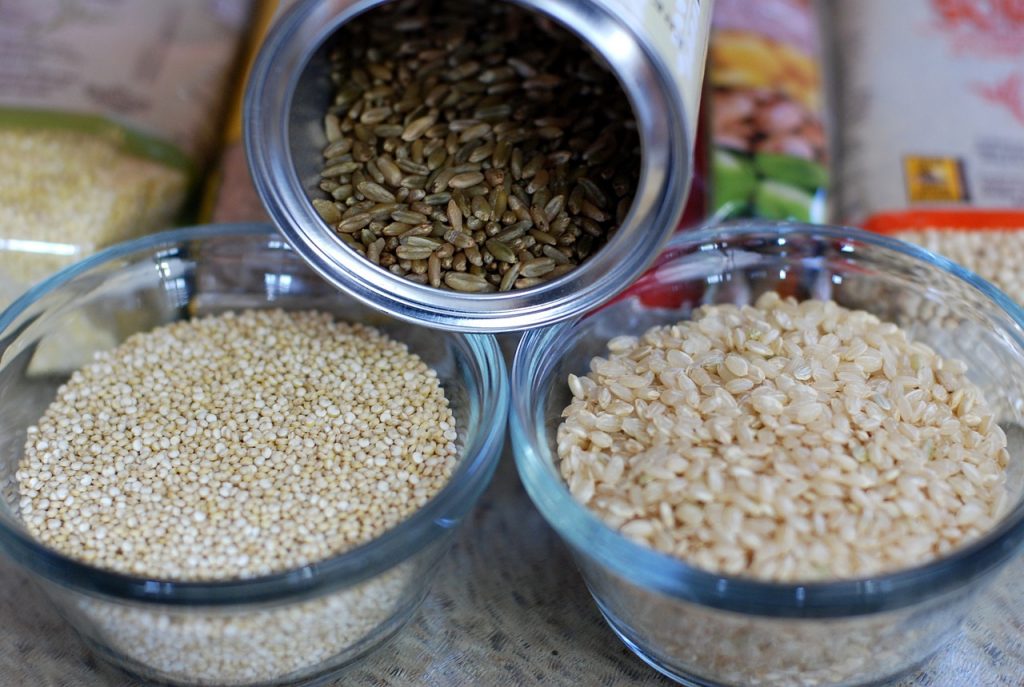High in fibre, grains help you feel full and content – which makes it simpler to sustain a super healthy body weight. Heart disease, diabetes, some cancers, and other health issues are all associated with lower risk when eating a diet high in whole grains. In this post we are exploring why we should eat whole grains foods for healthy life.
The American Dietary Guidelines recommend that you make whole grains at least half of your grain intake. Most individuals don’t eat nearly enough whole grains; learn how to include them in your diet for optimal health if you’re among them.
Whole grains food offers significiant health benifits, unlike refined grain that lose significant nutrients during the refinement process.
A whole grain kernel consists of three sections: the bran, germ, and endosperm, each of which hosts beneficial nutrients. The bran, the external layer rich in fibre, provides us with B vitamins, iron, copper, zinc, magnesium, antioxidants, and phytochemicals. Phytochemicals, plant-based natural chemical compounds, are noted for their potential role in preventing diseases. The germ, which is the seed’s nucleus where growth begins, is abundant in healthy fats, vitamin E, B vitamins, phytochemicals, and antioxidants. The endosperm, situated within, contains carbohydrates, protein, and a small quantity of some B vitamins and minerals.
These constituents interact with our bodies in several ways:
- The bran and fibre decelerate the conversion of starch to glucose, resulting in a balanced blood sugar level, rather than causing abrupt fluctuations.
- Fibre contributes to reducing cholesterol and also aids in waste passage through the digestive system.
- Fibre could potentially inhibit the creation of small blood clots that may lead to heart attacks or strokes.
- Phytochemicals and crucial minerals like magnesium, selenium and copper, present in whole grains, may provide protection against certain types of cancer.
The advent of industrial roller mills in the late 1800s revolutionised our grain processing methods. Milling eliminates the bran and germ, leaving behind only the soft, easily digestible endosperm. Without the fibrous bran, the grain becomes more palatable. The germ is discarded due to its fat content which could shorten the shelf-life of processed wheat products. The end product of this intensive processing are grains that are significantly lacking in nutritional value. The refining of wheat results in fluffy flour that is perfect for light, airy breads and pastries, but it also removes over half of the wheat’s B vitamins, almost all of the vitamin E, and nearly all of the fibre. While fortification may reintroduce some nutrients, it cannot replace other vital components of whole grains such as phytochemicals.
An increasing volume of research indicates that opting for whole grains and other less-processed, superior carbohydrate sources, and reducing the intake of refined grains, enhances health in numerous ways.
You can get whole-grain varieties of bread, rice cereal, Pasta, and flour at all supermarket stores.

Several common whole grains are:
- Barley
- Brown rice
- Buckwheat
- Buckwheat
- Millet
- Popcorn
Note: Bread that is brown in colour may not always be made with whole wheat.

